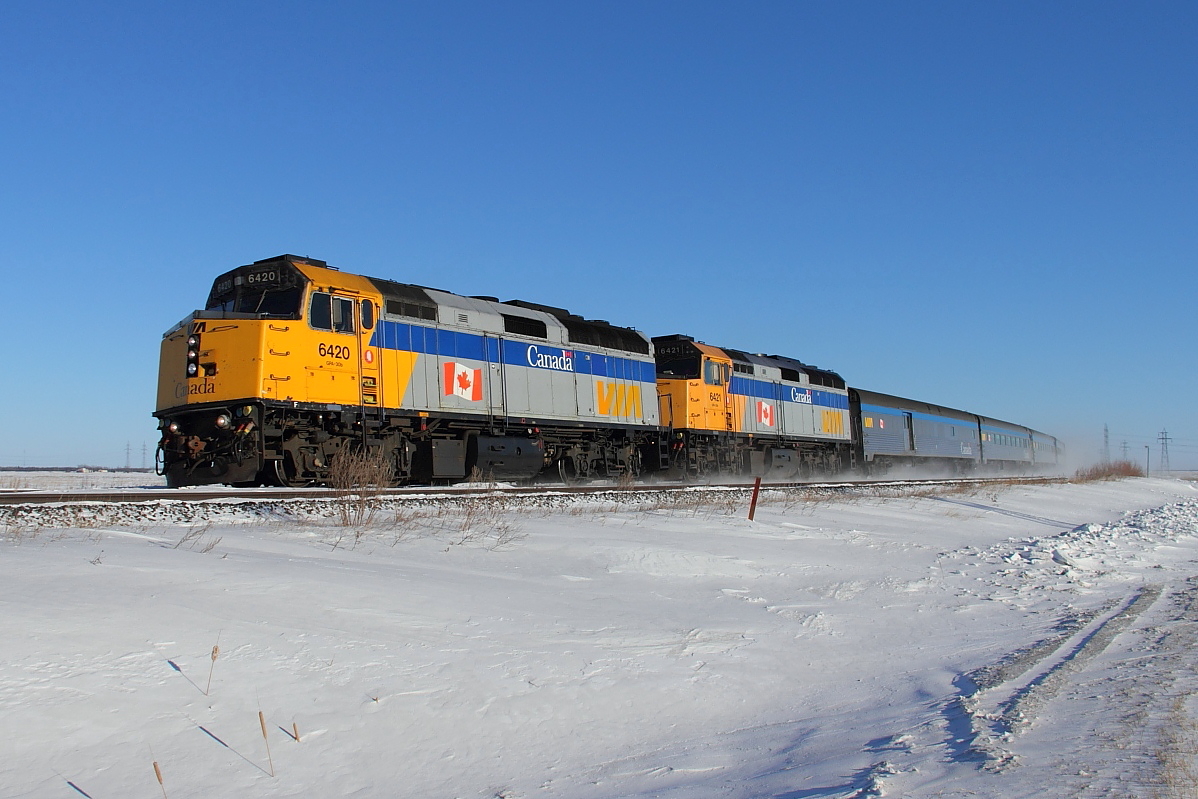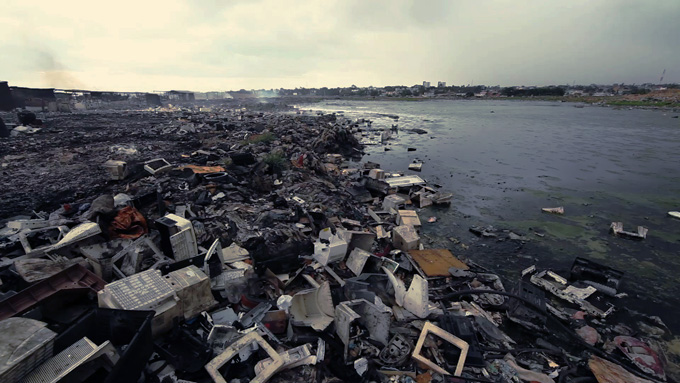Manitoba regards itself as a vital transportation hub within Canada – and rightly so. CentrePort Canada, a dry port located in Winnipeg and nearby Rosser, encompasses an international cargo airport, terminals for three rail carriers, and access to national and international trucking routes. In less than eight years, it has attracted more than $250 million in investment from the Government of Canada and private enterprises. Elsewhere in Manitoba, Churchill captured imaginations as the country’s sole Arctic deepwater port. In the aftermath of the Cold War, some strategic planners envisioned a future in which Canadian freighters would travel the Northern Sea Route, bringing grain produced in Canada’s Prairie Provinces from Churchill along the southern coast of Greenland to Murmansk. From Murmansk, which remains relatively ice free, the grain would travel by rail to Saint Petersburg and the rest of Europe.
Such ambitions were not so far-fetched. In September 2007, Churchill handled its first domestic export trade, shipping 12,500 tonnes of wheat to Halifax aboard the bulk carrier Kathryn Spirit. The next month, the port received its first international import trade, which was a shipment of fertilizer from Murmansk purchased by Farmers of North America. For several years afterward, Churchill played an important role in facilitating the transport of grain from Western Canadian farms to Eastern Canadian consumers, sparing both from increased rail-freight costs while also avoiding Saint Lawrence Seaway charges.

However, the long-term viability of Canada’s most northern port is now in doubt. With the privatization of the Canadian Wheat Board and its acquisition by the Saudi-American partnership G3 Global Grain Group, grain has ceased moving up the tracks to Churchill. A five-year $25 million subsidy from the federal government, originally set to expire in 2017, may not be renewed by the new Liberal government. Another blow to Churchill came when Lloyd Axworthy, who served as Canada’s Foreign Minister in 1996-2000, but who has since headed the Churchill Gateway Development Corporation, resigned his position in January 2015 out of frustration with the federal and provincial governments.
OmniTRAX, a US-based railroad and transportation management company, operated the Port of Churchill and the associated Hudson Bay Railway but recently withdrew its support. In place of OmniTRAX, a group representing several northern First Nations in the province, Manitoba Keewatinowi Okimakanak (MKO), seeks to take over operations. At this time, it is difficult to say whether MKO has the capacity to successfully run and expand one of the world’s few Arctic ports or when it will be in a position to market the port to grain handlers. As it stands, Churchill residents are girding themselves for significantly higher grocery prices. If conditions worsen in the coming months, this substantial rise in the cost of living may encourage out-migration.
Clearly, Churchill requires support from the Canadian and Manitoban governments to see it through a period of considerable transition and uncertainty. The failure of this port would cast doubt on, for example, the federal government’s commitment to a new port facility in Iqaluit, Nunavut or to Canada’s North in general.
One means by which Churchill can be supported is to renew the $25 million subsidy for an additional five years, allowing it to expire in 2022. Another means worthy of consideration is to add a military component to the port. With four deep-sea berths and good approaches, Churchill could accommodate vessels far larger than the Iroquois-class destroyer, the largest class of vessel currently operated by the Royal Canadian Navy. There is some question as to how tight a squeeze the approaches would be for CCGS John G. Diefenbaker, the heavy icebreaker intended for the Canadian Coast Guard by 2022. But were Churchill able to serve as a station for CCGS John G. Diefenbaker or one of Canada’s current icebreakers, the efficiency of icebreaking in Hudson Bay would be greatly improved. The Canadian Coast Guard’s declining icebreaking capabilities and the basing of existing vessels at southern ports like Halifax have interfered with the operations of small shipping companies, like Nunavut Eastern Arctic Shipping or Nunavut Sealink and Supply, as well as scientific expeditions as recently as July 2015.
In short, Churchill has been frozen out of the national conversation on infrastructure. Canada’s new federal government, keeping in mind the recent thaw in relations with First Nations institutions, could seek a partnership with MKO by renewing the subsidy and establishing a Coast Guard presence. From 2022, Churchill might be able to flourish on its own, attaining the role for which it was envisioned as the Cold War came to a close.




